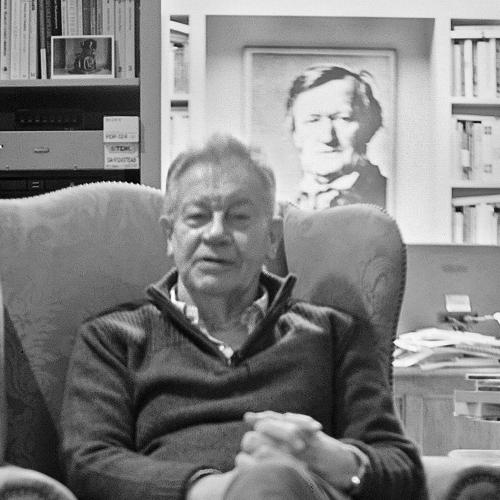COMPOSERS: Bartok
LABELS: Audite
ALBUM TITLE: Bartók
WORKS: Piano Concertos Nos 1 & 2; Contrasts; Suite for Piano, Op. 14; Sonata for two Pianos and Percussion
PERFORMER: Géza Anda, Georg Solti (piano), Paul Blöcher (clarinet), Tibor Varga (violin), Karl Peinkofer, Ludwig Porth (percussion); Cologne Radio SO/
Michael Gielen, Ferenc Fricsay
CATALOGUE NO: 23.41
In the fairly early days of LP, one of the top recommendations was the three Bartók piano concertos, then considered as virtually contemporary music, with Géza Anda as the soloist and Ferenc Fricsay conducting. Those recordings have stood the test of time as well as any, and what we get here are the first two concertos with the same soloist, and, in the case of the Second Concerto, the same conductor, so that the accounts are interchangeable. The more problematic First Concerto is conducted by Michael Gielen, who has devoted his life primarily to 20th-century music, and to earlier music played with anti-Romantic incisiveness. Their account of the First accentuates its oddness so that Bartók seems, for a time, to have adopted a more accessible idiom when you get to the Second. On the second disc, we have what was long one of Bartók’s most popular works, the clarinet part of Contrasts being written for Benny Goodman. The performance here is less evidently popular in manner, but fits in well with the asperities of the Suite for Piano and the Sonata for two Pianos and Percussion, in which Anda’s partner is his fellow‑countryman Solti whose approach is a good deal more percussive than Anda has previously been in Bartók, though he shows he can adapt as the piece requires. For anyone who wants a conspectus of the composer’s writing for the piano, with or without other instruments, this set is ideal.
Michael Tanner
